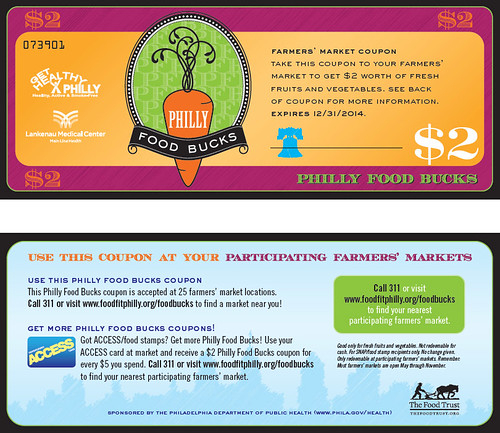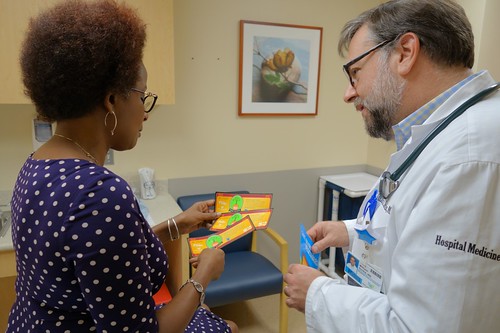
March is National Nutrition Month. Throughout the month, USDA will be highlighting results of our efforts to improve access to safe, healthy food for all Americans and supporting the health of our next generation.
Make no mistake: Hunger is a health issue. There are clear associations between food insecurity and poor health outcomes, and health providers across the country know that good health doesn’t depend solely on medical care. And this is where USDA comes in.
I frequently interact with community health organizations in the Mid-Atlantic region. Through conversations and the observations of physicians, community clinics and hospitals, we understand that USDA’s nutrition assistance programs are a natural partner to patient care. And so, in my region we created a platform for sharing ideas on how to target our nutrition programs at the places and with the people who directly provide health services in our communities.
We know that health care organizations are already doing impressive work combating obesity and hunger; they host farmers markets, sponsor SNAP incentive programs, promote healthy school meals and environments, support school breakfast expansion, and deliver nutrition and health education.
To share their best practices we started the Mid-Atlantic Healthy Communities Partner Network. Through quarterly webinars, outreach events and roundtables, we brought together more than 100 partner agencies in the region. The webinars are especially helpful at showcasing the many new and innovative ways health care organizations are leveraging USDA nutrition programs for the benefit of their patients and their communities.
For example, at one of our recent webinars, Wholesome Wave and DC Greens shared their unique “Fruit and Vegetable Prescription” program, where local doctors provide a prescription for free farmers market produce for at-risk residents. These prescriptions can be filled at participating “farmicies” including SNAP authorized farmers markets, and through close tracking by the health center and market, the program provides essential data on this nutrition-based health intervention. And The Food Trust, a nationally recognized non-profit, shared how they are working with farmers markets in underserved communities with an initiative called Philly Food Bucks with funding from the USDA’s Food Insecurity Nutrition Incentive (FINI) grant program and with support of local partners. For every $5 customers spend for produce using SNAP benefits, the Food Trust gives them a $2 coupon that can be used toward the purchase of fruits and vegetables.
When people have better access we see them making healthier food decisions,” said Miriam Manon of The Food Trust. “Philly Food Bucks is an important part of our comprehensive approach, which has contributed to significant decreases in childhood obesity rates in Philadelphia.”
The Food Bucks and Fruit and Vegetable Prescription programs are just two examples of the clear association between food access and good health; it’s a remedy shared by the Partner Network. Together, we are finding new ways to revitalize the health and wellness of our communities.



